We all know what teal is, a greenish blue tone, but what does it mean for an organisation to be teal? In this article we’ll discuss what a teal organisation is and how it differs from a traditional working environment and perhaps the most interesting point – what benefits does it bring and why should we move towards teal structures in our working environments?
The concept of a Teal organisation was conceived by Frederic Laloux in his best selling book ‘Reinventing Organisations’. Laloux presents a new way for organisations to function, he proposes that we get rid of the hierarchical structures that are usually associated with traditional management. So instead Laloux advocates for a much more dynamic way of working – that he calls a ‘teal approach. This new framework is characterised by three key concepts :
Self-organisation
The decision processes within the organisation are decentralised and less focused on those individuals with traditionally more authority. Instead collective thinking and intelligence is encouraged so that all members are able to contribute to the decision making process.
Wholeness
Individuals are allowed to and encouraged to be their truest selves at work and not simply a perfected ‘work persona’ as what is deemed to be appropriate and ‘professional’. Evolutionary purpose
The organisation has a purpose of its own. Instead of attempting to predict and control the direction of the organisation, members strive to listen and understand where the organisation collectively is naturally drawn to go.
But why the colour teal?
The theory is actually based on philosopher Ken Wilber’s existing theory in which he uses colours to describe the five stages of human consciousness. In the teal stage, which is the final stage, organisations are functioning in the next stage of human consciousness. And in order for organisations to function best they should do so at the teal stage as through the three qualities mentioned earlier organisations are able to harness the full potential of every individual within the team. At this stage organisations are like living things after all they are made up of people – living breathing changing humans! Through the three qualities mentioned earlier organisations are able to harness the full potential of every individual within the team. At this stage organisations are treated like a living breathing organism as opposed to machine-like. There is space for adaptation, change without there necessarily being an outright leader.


